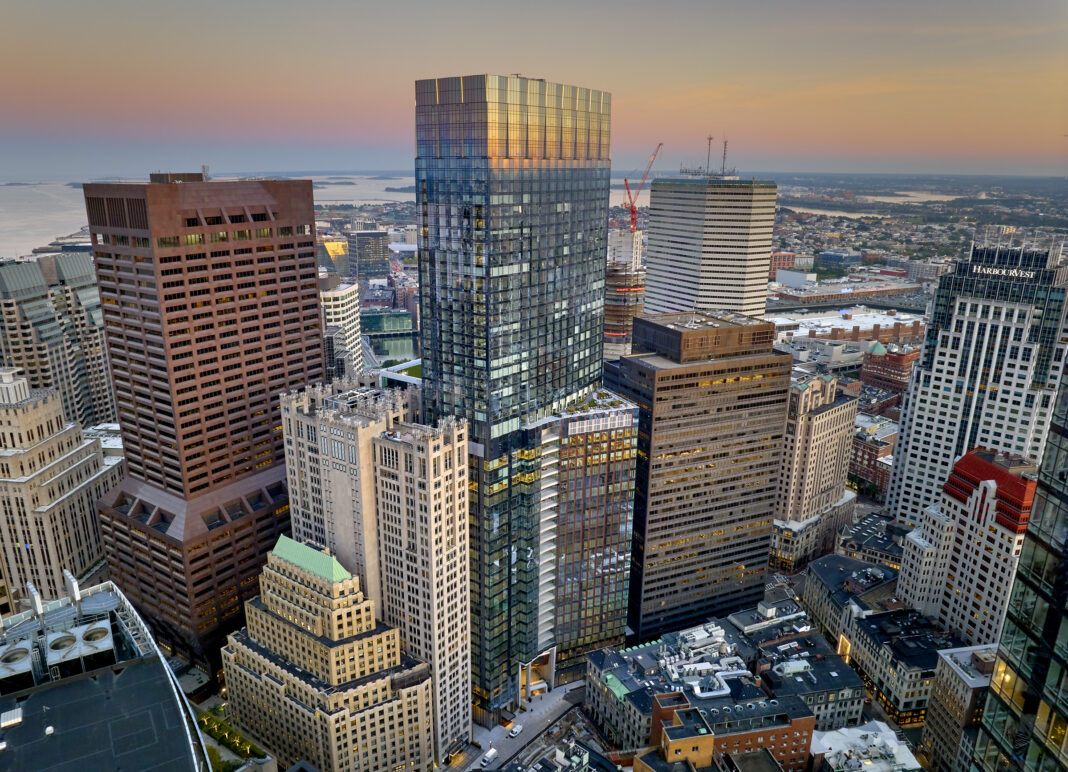Transforming Cities Through Passive Building Design
As the world becomes more urbanized, cities must grapple with rising infrastructure demands, population density and environmental concerns. Addressing these issues requires innovative construction practices that consider how buildings can be climate-positive to meet sustainability goals and facilitate greener living. This method encapsulates various strategies under the passive building design concept.
What Is Passive Building Design?
The prevailing idea behind “passive design” is that it works with the local climate to provide indoor thermal comfort and achieve energy efficiency. A well-engineered design decreases or eliminates the need for additional cooling or heating through a combination of core features, including layout, airtightness, high-performance windows and advanced ventilation systems.
These techniques enable buildings to naturally maintain a comfy, consistent interior temperature, reducing energy consumption by up to 80% compared to conventional designs. The result is a net zero energy structure with significant environmental benefits.
Buildings account for roughly 40% of CO2 emissions in the U.S. Any city serious about minimizing its carbon footprint must consider how it can incorporate this architectural approach into its urban planning.
Passive Design Strategies for Sustainable Architecture
It’s best to apply passive design principles at the initial construction stage to maximize the potential benefits of net zero energy buildings. For example, orientation is vital in how well the building can harness natural heat from the sun and cooling from the wind.
This direction informs layout choices, such as sizing requirements for windows and exhaust vents and ideal placements to get the most ventilation. Recent research shows buildings can save over 41% on air conditioning energy through this passive cooling method.
Other key considerations include moisture control through integrated mechanical air humidity systems and high-performance enclosures through continuous insulation throughout the building.
Certified Eco-Friendly
Most passive design structures feature one or more sustainability standards like LEED, ISO, GGBC, and Energy Star certification. Each program has specific requirements and considerations for awarding the coveted seal of approval.
For example, the Energy Star Building Certification Program rates energy performance on a 1-100 scale for commercial facilities. Energy Star-certified buildings have up to 10% higher occupancy levels and improved rental premiums.
Anatomy of a Green City
Sustainable cities are urban areas that emphasize social responsibility to drive environmental well-being. Everyone — from government officials to children in schools — embraces eco-consciousness in their everyday lives, so there is minimal environmental impact and enhanced quality of life.
Green metropolitan areas must demonstrate an ongoing commitment to ecological best practices, especially regarding energy efficiency, transport emissions and nature conservation.
Curitiba, Brazil’s ecological capital, is one of the most eco-friendly cities in the world. The city currently recycles 70% of all waste and has pioneered numerous sustainability initiatives, including the revolutionary bus rapid transit system that cuts emissions in public transport.
Passive buildings are crucial in driving green city transformations. They consume considerably less energy, which reduces the load requirements on the fossil-fueled power grid. The Winthrop Center in Boston — the world’s largest passive office building — uses 65% less heating and cooling energy than similar structures in the area.
The Need for More Sustainable Cities
The UN estimates around two-thirds of the global population will live in urban areas by 2050. This scale of urbanization raises concerns about meeting the demand for affordable housing and essential services amid the rising frequency and intensity of extreme weather events.
Cities are particularly susceptible to heatwaves, floods, air pollution and other harsh effects of climate change. Incorporating sustainable infrastructure and practices into their overall urban planning is the only way to mitigate exposure to these damaging events.
Ultimately, urban areas that proactively improve climate resilience will likely experience less property damage, insurance losses and even casualties.
Toward a Greener Future
Passive buildings play a pivotal role in transforming cities to meet the evolving needs of their residents. These architectures can pave the path to a more sustainable urban future through strategic design choices and energy-saving innovations.
